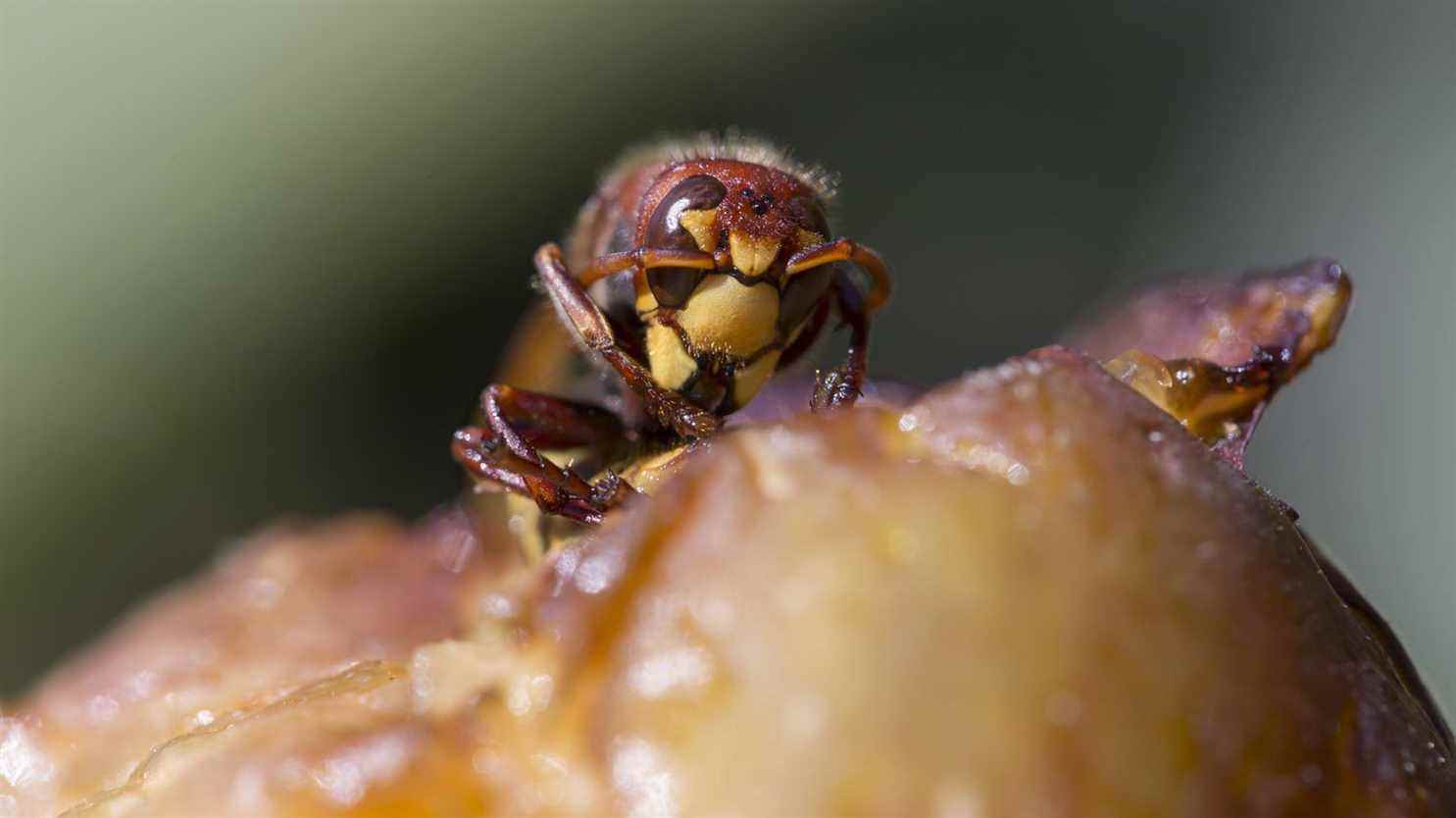An international research team has just achieved a first. She succeeded in identifying all the insects present in the forests of the Pyrenees, thanks to an analysis based on environmental DNA. These researchers from Inrae, CNRS and the University of Tours wanted to measure the link between the health of trees, which have been under climatic stress for years, and the insects they harbor.
Initially the work was done according to the classic method: we start by capturing the animals, thanks to traps, we bring them back to the laboratory and there, entomologists usually begin a long work of sorting and identification, insect by insect. A tedious and time-consuming job, explains Élisabeth Herniou, CNRS research director at the IRBI laboratory in Tours. “When you have hundreds of samples containing perhaps thousands of insects, it becomes a monstrous task. What is very complicated is being able to identify insects that are difficult to differentiate such as small flies or small wasps parasites”. Very few taxonomists in the world are able to do this, specifies Élisabeth Herniou.
And this is where the new method, based on DNA, comes in: you keep the content of your traps but you mix it to obtain a sort of soup of insect residues in which you will identify, thanks to machines , genetic markers that you can compare to those recorded in vast global databases. This is called metabarcoding. This therefore allows a much faster and more thorough analysis of the samples, with the result of finer conclusions in the case of our forests in the Pyrenees. “Since 2003, these fir forests in the Pyrenees have experienced several heat waves and severe droughts, which means that there are plots where you see a lot of dead trees. Naively, you might think that a forest in good health going to have more species than a less healthy forest, present Elisabeth Herniou.
“In fact, what we saw was not that there are fewer species but that there was a change in the composition of the insect community. And that it was more related to rare species.”
Elisabeth Herniou, CNRS research directorat franceinfo
“In particular in groups that are never studied, which are the Diptera [insecte n’ayant qu’une seule paire d’ailes comme les mouches, les moucherons ou les moustiques] and hymenoptera [abeilles, guêpes, fourmis et frelons]”, says the researcher.
The method can be used in the same way for the search for plants or bacteria, in terrestrial environments but also in the waters of the oceans, to therefore characterize the presence of species. It can also make it possible to discover new species, when one comes across unlisted pieces of DNA.
